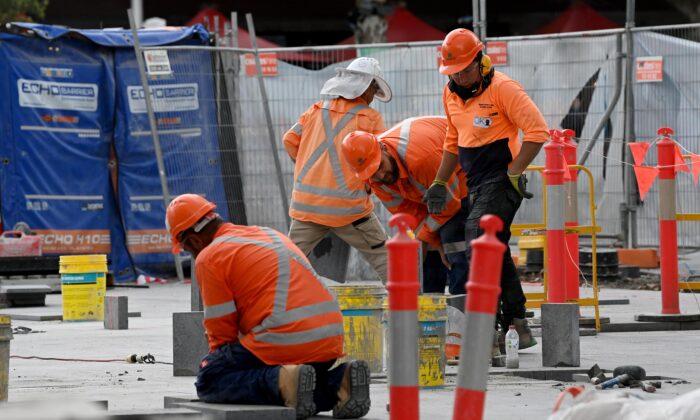Australians under-represented in the workplace would have greater access to training under a proposed multibillion-dollar skills agreement.
The federal government is looking to provide an extra $4.1 billion (US$2.71 billion) for a five-year national skills agreement with states and territories.
The money would include $3.7 billion of commonwealth funding on top of $400 million that would support 300,000 fee-free vocational education places.
Skills Minister Brendan O'Connor said states and territories would get the funds should they meet national priorities and reform measures that were agreed to by the national cabinet ahead of last year’s Jobs and Skills Summit.
“I am seeking an agreement that enables more Australians, especially those who have been excluded and under-represented in the workforce, to gain the skills needed for secure, well-paid work and to reach their full potential,” O'Connor said.
“I hope we can introduce a landmark foundation skills commitment, where every Australian who needs it can access literacy, language, numeracy and digital skills - a ‘no wrong door’ approach to accessing the supports that Australians need.”
Should the negotiations with states and territories be successful, the federal investment in state and territory training systems would rise to $12.8 billion over five years.
It is hoped the national skills agreement would be in place by January 2024.
The government had secured a one-year deal at the skills summit for an extra 180,000 fee-free places at TAFE.
O'Connor said he wanted to see the agreement direct at least 70 per cent of federal funding for vocational education towards TAFE.
“I will work with states and territories to support high-quality vocational education, research and innovation,” he said.
“I will propose to states and territories establishing new centres of excellence in our TAFEs, in partnership with industry, universities and students.”
The guidelines, part of the national cabinet agreement, include an emphasis on foundational skills, TAFE courses in sectors with skills shortages, as well as boosting Indigenous and women’s participation.
The number of occupations with skills shortages increased from 152 in 2021 to 286 last year.





